The flavor and taste of coffee beans in Huilan area of Colombia is recommended by Colombian coffee beans with high performance-to-price ratio.
Guests who have been to Qianjie Coffee know that there are many kinds of coffee in Qianjie. This is very unfriendly to some coffee rookie friends. Because the variety often means that consumers need a wider range of coffee knowledge to choose their favorite coffee beans. But fortunately, baristas on the front street will patiently consult consumers about their tastes and recommend coffee beans according to their customers' tastes. On the other hand, there is a coffee bean list on the side of the bar on the front street, and the coffee beans above can basically be traced back to the place of production, and some can even be accurate to the block of the manor.
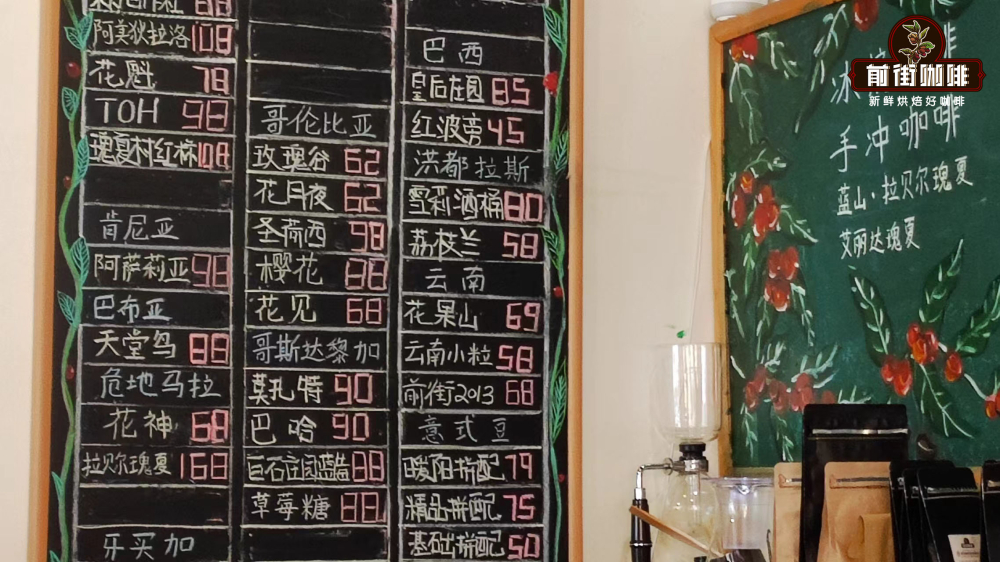
The coffee beans on the front street are all on the shelves, but careful people should notice that there are not only coffee on the bean list, but also many small packages of 100 grams of "rations beans" at a price of 25 yuan. These are the most cost-effective coffee beans on the front street, which may not be as well-known as the manor beans, but they are the key step for the majority of consumers to drink high-quality coffee beans at a low price.

Colombia has a wide range of coffee producing areas, such as Medellin, Armenia and Manizales, which are commonly referred to as "MAM". Colombia's boutique bean-producing areas are mainly in the south, with an elevation of more than 1500 meters, including San Augustin (Huila) in Huilan province, Popayan (Cauca) in Cauca province, Nari ñ o province, and Tolima province, where products have delicate sour and raspberry aromas and caramel aromas.
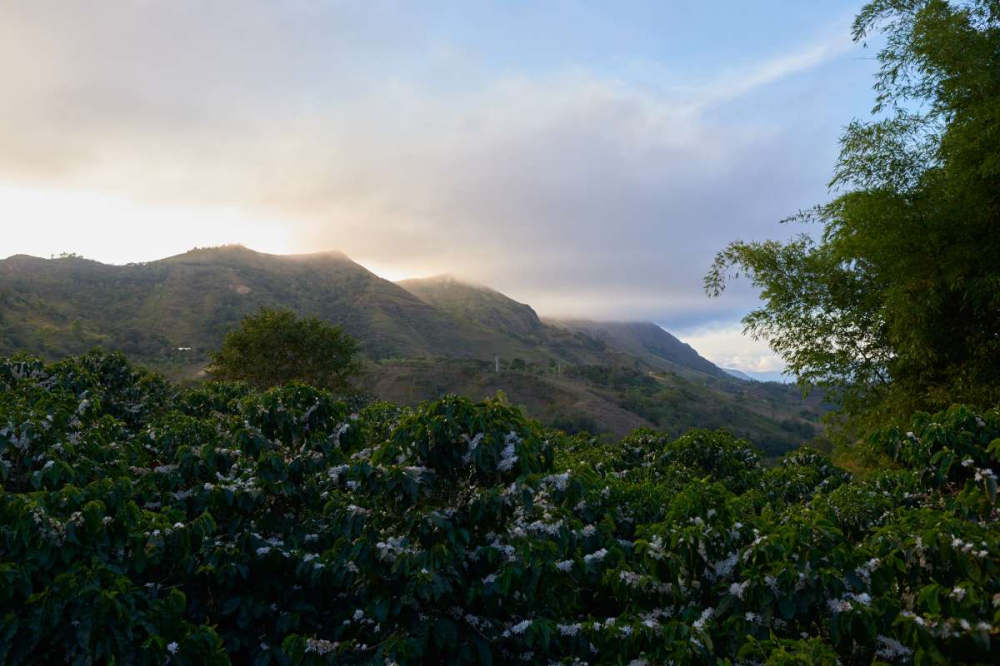
Colombia huila, Colombia: located in the southwest of Colombia, it is one of the main coffee growing areas in Colombia. Because there are famous coffee cultivation places in Huilan area, the names of small areas become brand names and circulate. Although the cultivation conditions in this area are also very good, the cultivation infrastructure of coffee cultivation farm and surrounding conditions is not well developed. It is a great pity that the raw bean drying equipment or washing processing facilities are not perfect. The Colombian coffee rations prepared in front of the street come from the Colombian Coffee Huilan producing area.
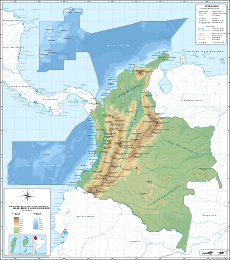
Before introducing the producing area, Qianjie should follow the usual practice to introduce the coffee history of Colombia. The story of the origin of Columbia beans has been told in several different ways. Although there is no clear answer, most people believe that coffee was introduced into Colombia by Jesuits in 1723. The acceptance of coffee as a cash crop in various regions of the country is quite slow. Coffee production in Colombia did not increase significantly until the end of the 19th century and by 1912 coffee accounted for 50 per cent of its total imports. Colombia differs from other coffee distributors in that they focus on branding and marketing. A farmer named Juan Valdez (Juan Valdez) became the "poster boy" of Colombian Coffee, and his image and his mule became symbols in bags and advertising campaigns. This particular brand adds value to Colombian coffee and makes it a recognized coffee in the United States.
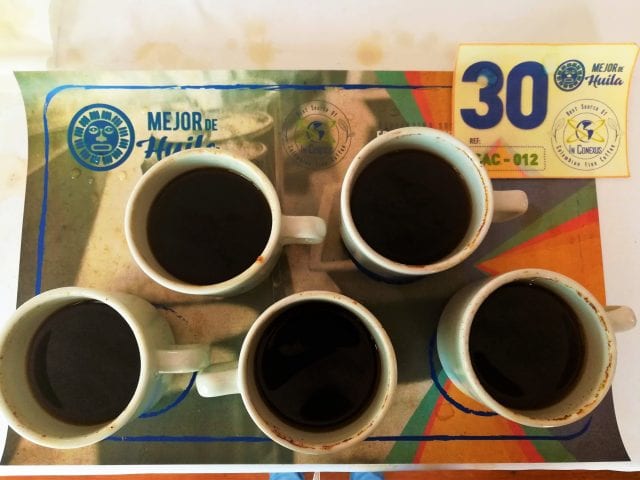
The suitable climate in Colombia provides a real "natural pasture" for coffee. In previous articles introducing Colombian Coffee, Qianjie Coffee will focus on praising the unique growing environment of Colombian coffee. The evasive terrain and many tropical microclimates have greatly improved the quality of Colombian coffee. From the topographic map, there are mainly three mountains in the west of Colombia, in the shape of Chuanzi. The Western Mountains are adjacent to the Pacific coast. Between the Central Mountains are Cauca and Madari Lena Hego, which provides favorable shade for coffee cultivation, while there is also the world-famous coffee growing area Medellin. The East Dikora Mountains is the third mountain to the southwest. Volcanic soil is also a favorable condition for coffee cultivation in Colombia, where there is almost no frost all year round.
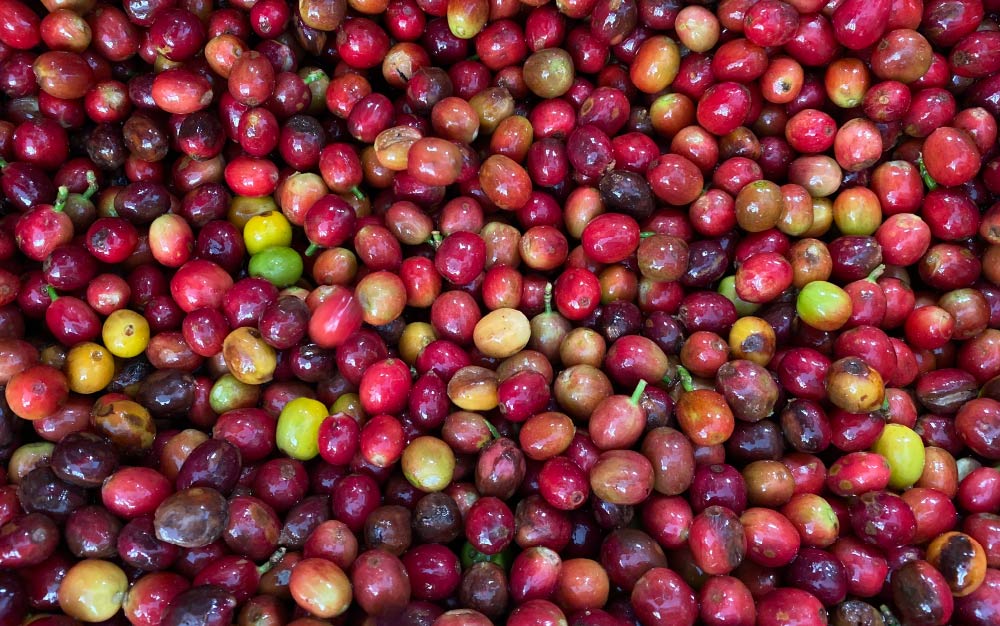
Colombia is known to be the third largest coffee producer in the world and was second only to Brazil before Vietnam entered the coffee market (its production is mainly Robusta). Colombia is the world's largest producer of washed Arabica coffee, according to the 2019 FNC report. It is no exaggeration to say that Colombian coffee has been recognized by the world's boutique coffee. In Colombia, no region produces more coffee than Whelan Province in the mountains of the Ministry of Heart and Security. According to the Colombian Federation of Coffee growers (FNC), Huila produced 2.6 million 60 kg bags of coffee in 2016, accounting for 18 per cent of the country's coffee. In the same year, the Neva Chamber of Commerce reported that 154800 hectares of land in the sector was devoted to growing coffee. But the value of Huilan is not just the amount of coffee. It also depends on the quality of its coffee and regularly produces award-winning products for excellent cups.
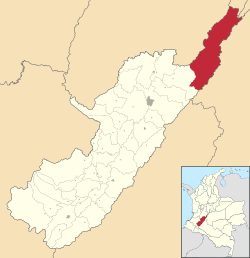
What about the growing environment of coffee in Huilan area? Cymbidium producing area is surrounded by the central and eastern mountains of the Cup Andes, mostly in the Magda Rainer Valley, which leads to great climate change. With more FNC, farm temperatures range from 17 to 23 degrees Celsius, while most farms range from 1200 to 1800 meters, and coffee benefits from nitrogen-rich volcanic soil for a long time. The coffee in Huilan area has a delicate and smooth taste, heavy texture and very balanced. In particular, Huilan coffee beans with the characteristics of nuts, chocolate and caramel and other aromas and appropriate acidity can be called high-quality coffee. And caramel and other aromas and appropriate acidity can be called high-quality coffee, just like a gentleman in coffee.
Here we focus on Colombian coffee in the former street. Let's take a look at the relevant information about this coffee bean:
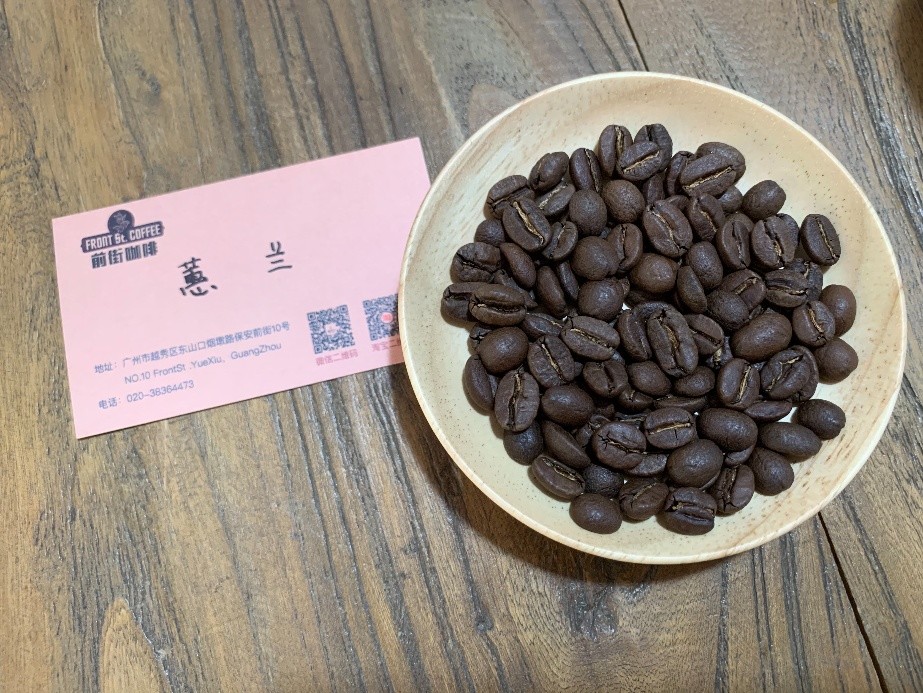
Columbia Cymbidium
Producing area: Cymbidium
Altitude: 1500-1800 m
Treatment: washing
Variety: Kaddura
What should be noted here is that you will find that most of the rations beans in Qianjie are treated with water. Qianjie thinks that among the many treatments, the washed coffee beans can best show the local flavor. When we use the normal production method of Qianjie to brew this coffee bean, we will find that this Colombian coffee bean has a balanced taste and obvious sweetness, with a very strong chocolate taste, caramel and nutty flavors at the entrance. Faint acidity can also occur at low temperatures. You should know that this rations beans are more roasted than coffee beans in other parts of Colombia.
So how do you drink Colombian coffee? Here is an infallible way for everyone to extract from Qianjie at home:
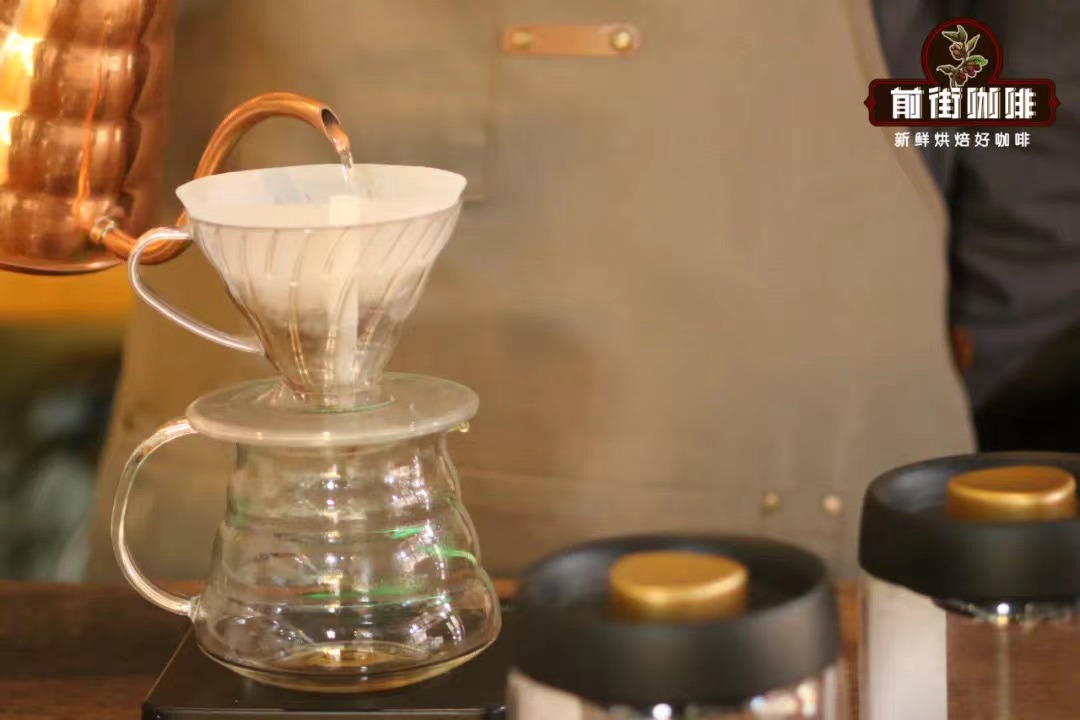
Qianjie cooking parameters:
V60 filter cup
Water temperature 91 ℃
Ratio of gouache to flour at 1:15
Powder content 15g
Degree of grinding (China 20 standard screen pass rate of 80%)
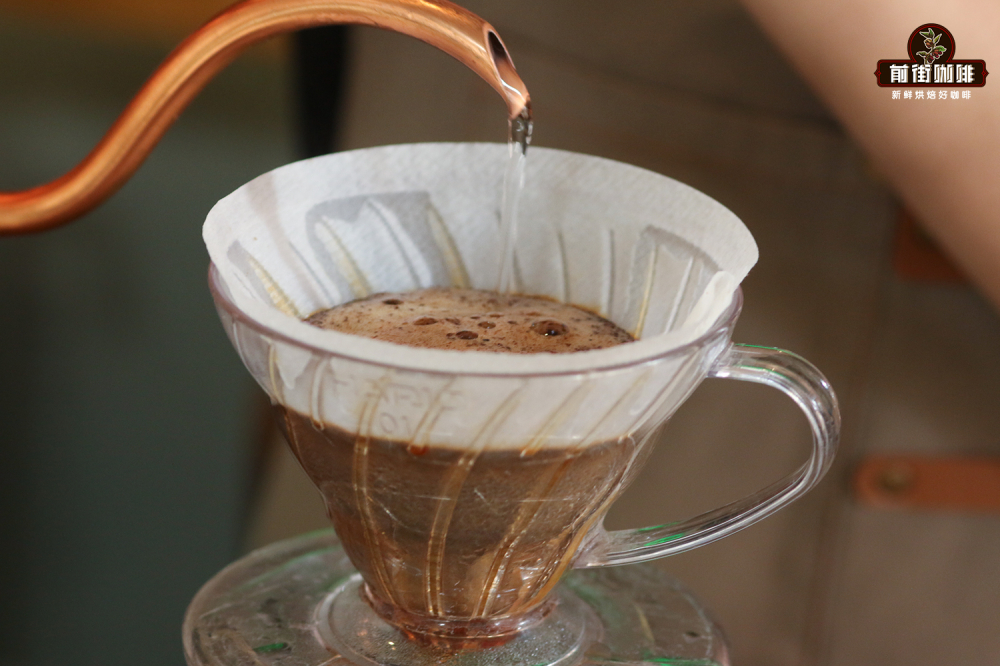
Qianjie cooking technique: use 30 grams of water for steaming for 30 seconds, small water flow around the circle to 125 grams for segments, when the water level is about to expose the powder bed, continue to inject water to 225 grams to stop water injection, wait for the water level to drop and remove the filter cup when the powder bed is about to be exposed. (the time of steaming starts) the extraction time is 2 minutes 39 percent 00 ". But it doesn't mean that the cooking method given in front street is the best. Just to standardize the product and give the above parameters, but when we do it at home, we can try more practice to try the most suitable for their own cooking program.
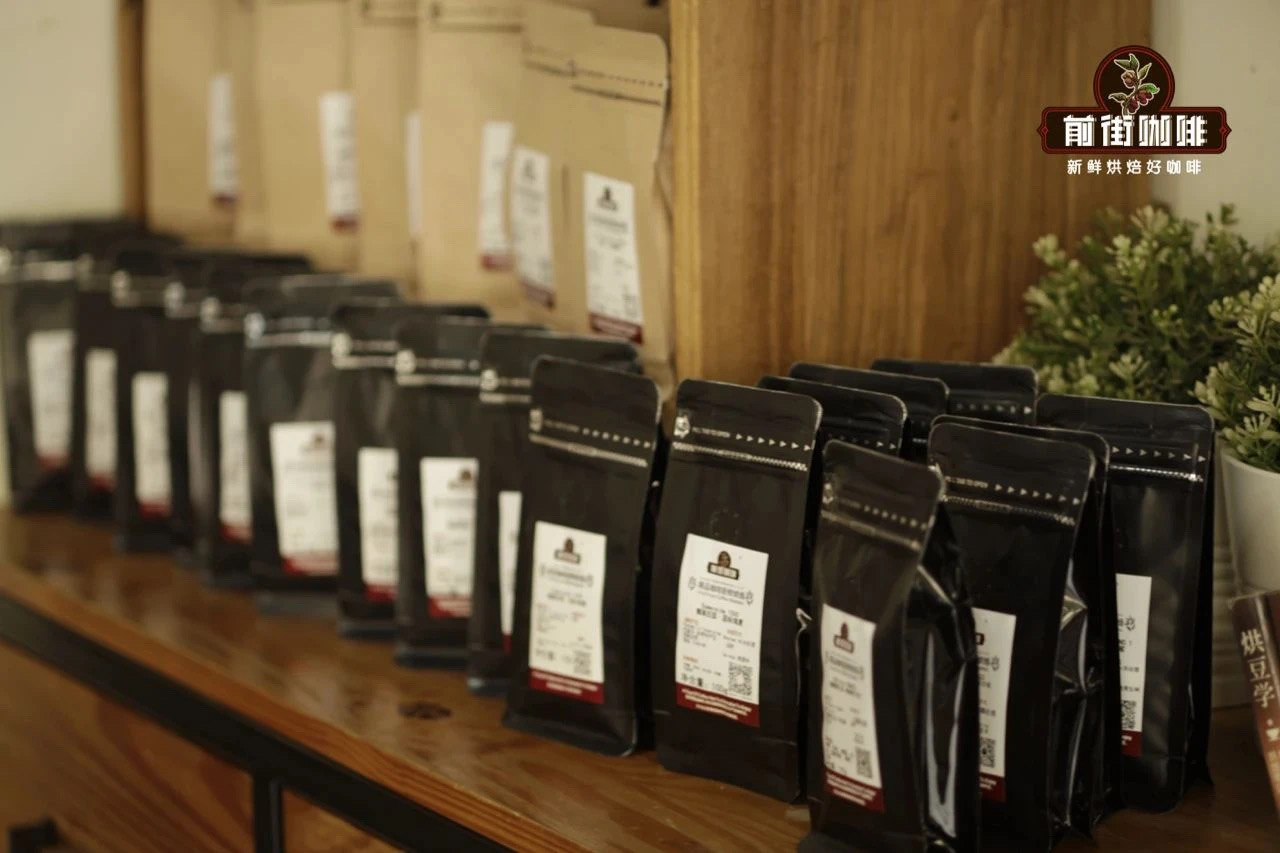
Note that the rations on the front street are the most common Kaddura of Colombian coffee beans. In fact, Colombian coffee beans are very rich: bourbon, iron pickup, Kaddura, Tabi, Colombia, Marago Gippe, Castillo and so on.
Professional coffee knowledge exchange more coffee bean information please follow the coffee workshop (Wechat official account cafe_style)
For more boutique coffee beans, please add private Qianjie coffee on Wechat. WeChat account: kaixinguoguo0925
Important Notice :
前街咖啡 FrontStreet Coffee has moved to new addredd:
FrontStreet Coffee Address: 315,Donghua East Road,GuangZhou
Tel:020 38364473
- Prev
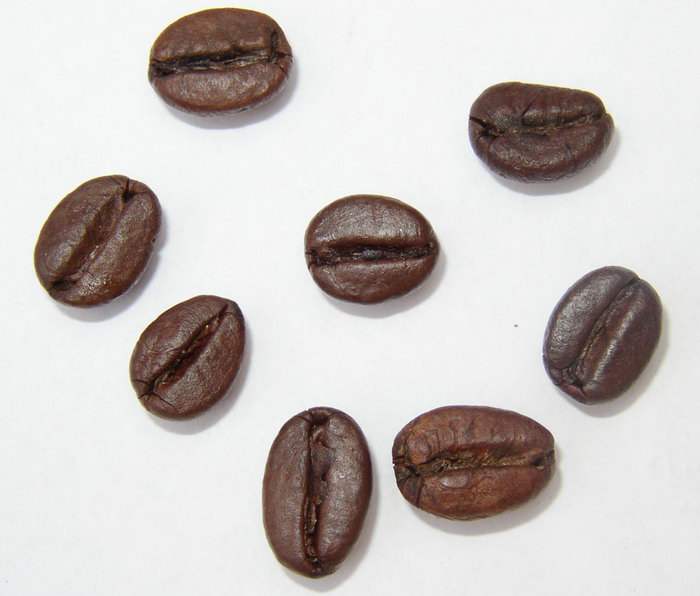
Katim coffee flavor, Katim coffee taste
Follower Cafe (Wechat official account vdailycom) found that Katim (English name Catimor) opened a small shop of its own. Katim is a hybrid of Kaddura and Timor, not confused with Kaddura and Kaduai. This highly resistant plant has the ability to resist coffee leaf rust, so it was widely planted in Latin American countries in the 1980s. It's a pity, because
- Next

Yega Xuefei single Bean Flavor description Variety planting Development History production area treatment Manor introduction
Ethiopia is the country where coffee was first discovered. Today, there is still a lot of wild coffee picked and used by farmers in the virgin forest. Ethiopia is a country with poverty, drought and civil war. However, it is still the most important coffee producer in terms of coffee quality and output. Ethiopian coffee can be divided into two treatments. Natural washing treatment II. Natural sun treatment
Related
- Detailed explanation of Jadeite planting Land in Panamanian Jadeite Manor introduction to the grading system of Jadeite competitive bidding, Red bid, Green bid and Rose Summer
- Story of Coffee planting in Brenka region of Costa Rica Stonehenge Manor anaerobic heavy honey treatment of flavor mouth
- What's on the barrel of Blue Mountain Coffee beans?
- Can American coffee also pull flowers? How to use hot American style to pull out a good-looking pattern?
- Can you make a cold extract with coffee beans? What is the right proportion for cold-extracted coffee formula?
- Indonesian PWN Gold Mandrine Coffee Origin Features Flavor How to Chong? Mandolin coffee is American.
- A brief introduction to the flavor characteristics of Brazilian yellow bourbon coffee beans
- What is the effect of different water quality on the flavor of cold-extracted coffee? What kind of water is best for brewing coffee?
- Why do you think of Rose Summer whenever you mention Panamanian coffee?
- Introduction to the characteristics of authentic blue mountain coffee bean producing areas? What is the CIB Coffee Authority in Jamaica?

